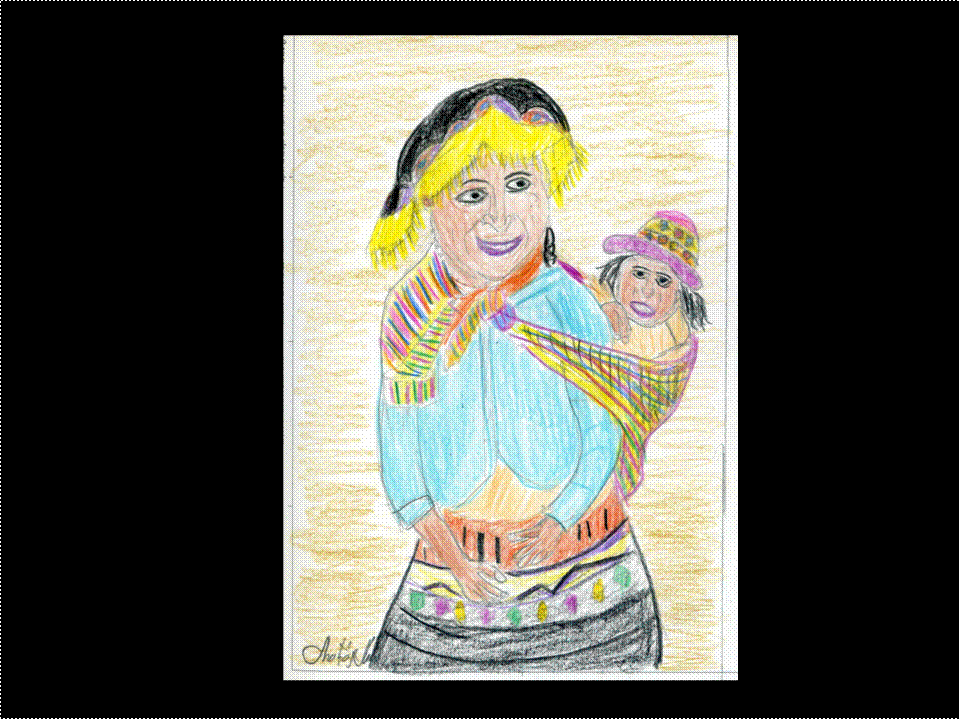This entry was posted on miércoles, febrero 19th, 2014 at 13:09 and is filed under Etnopaisaje. You can follow any responses to this entry through the RSS 2.0 feed. You can leave a response, or trackback from your own site.

Crean patatas. , capaces de combatir las hambrunas y los hongos.Create potatoes , able to combat famines and fungi
………………
Crean patatas. , capaces de combatir las hambrunas y los hongos
…..
…………
Create potatoes , able to combat famines and fungi
……..
……
……
Etnopaisaje.com + dibujos
.
.

.
…….
La bioingeniería británica ofrece una solución contra el hambre en el ámbito mundial basada en un tipo de papas genéticamente modificadas. Las primeras muestras han sido obtenidas en el Laboratorio Sainsbury (Norwich, Reino Unido).
……..
…..
Según informa The Telegraph, mediante una mutación en las proteínas, las plantas resultan totalmente resistentes al tizón tardío, el hongo que se considera el peor enemigo de todas las solanáceas. Los agricultores lo identifican también con su nombre en latín: phytophthora. Muchos de ellos pierden varias jornadas laborales al año en los infructuosos intentos de proteger de la plaga sus papas, tomates, pimientos y berenjenas.
……..
……
Todos los remedios químicos existentes solo permitían salvar entre el 30% y el 65% de la cosecha promedia anual, una vez desatado el brote del tizón tardío. La velocidad con la que esta infección se propaga en el clima húmedo y el impacto que causa son especialmente devastadores. Solo en Reino Unido hasta 6 millones de toneladas de las patatas producidas se tiran a la basura anualmente tras ser afectadas por este hongo.
….
………
«La genética es mejor que la química para controlar la enfermedad«, sostiene Jonathan Jones, integrante del colectivo científico de Norwich. Según su estimación, el balance será a favor de los agricultores. «Puede que tengan que pagar más por la semilla, pero van a ahorrar en fungicidas«.
…….
……..
El trabajo de la modificación genética y la selección posterior duró cuatro años. Desde el tercer año ya mejoró el rendimiento: se produjo el doble de cantidad de tubérculos.
………
………….
British bioengineering provides a solution against the hunger in the world based on a type of genetically-modified potatoes. The first samples were obtained at the Sainsbury Laboratory (Norwich, United Kingdom).
…….
……
According to The Telegraph, by a mutation in the protein, plants are completely resistant to late blight, the fungus that is considered the worst enemy of all solanaceous. Farmers also identify it with its latin name: phytophthora. Many of them lost several workdays a year in fruitless attempts to protect plague their potatoes, tomatoes, peppers and eggplant.
………
……..
All existing chemical remedies only allowed to save between 30% and 65% of the harvest average yearly, once triggered the outbreak of late blight. The speed with which this infection spreads in the humid climate and the impact it causes are especially devastating. Only in United Kingdom up to 6 million tons of potatoes produced are thrown away annually after being affected by this fungus.
…………..
«Genetics is better than chemistry to control the disease», says Jonathan Jones, Member of the collective scientific of Norwich. According to his estimate, the balance will be in favour of farmers. «You may have to pay more for the seed, but will save on fungicides».
……………
The work of genetic modification and the subsequent selection lasted four years. From the third year already improved performance: there was the double amount of tubers.